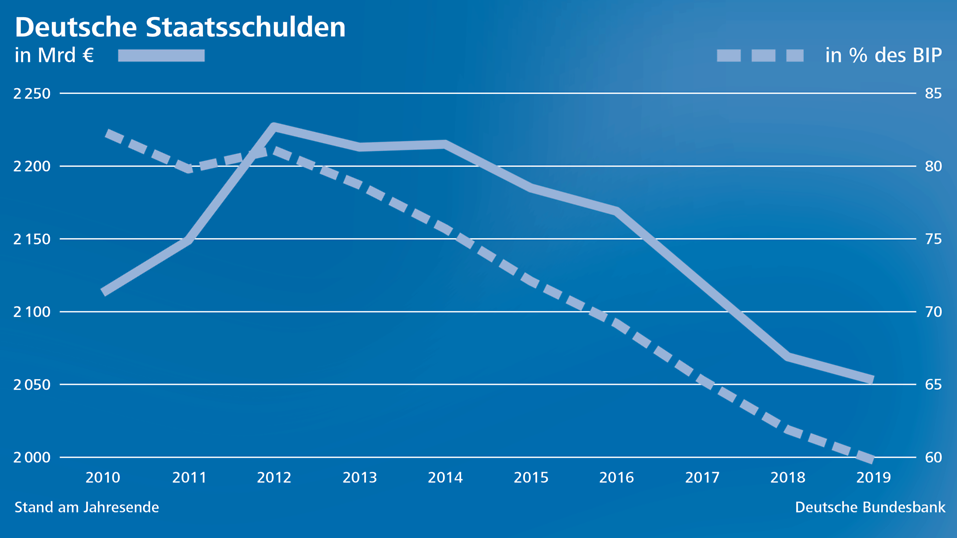Germany's Public Debt Soars: An Analysis
Increase in 2022 and Comparison with 2019
According to the Federal Statistical Office (Destatis), Germany's public debt rose significantly in 2022. Compared to the end of 2022, the debt increased by 33 billion euros, reaching a total of 774 billion euros. This represents a substantial increase from 2020, when the pro-capita debt of the federal states stood at 6,520 euros. In 2019, the pro-capita debt was even higher, reaching its peak at 7,440 euros.
Impact of the COVID-19 Pandemic
The outbreak of the COVID-19 pandemic had a significant impact on Germany's public finances. In 2020, the country's state debt surged by 275 billion euros, rising to 2.332 trillion euros. This increase was largely driven by government aid programs, such as the short-time work scheme, implemented to mitigate the economic consequences of the pandemic.
Current State of Germany's Debt
As of 2022, Germany's public debt stands at approximately 2.37 trillion euros. This represents a significant burden on the country's economy and raises concerns about the long-term sustainability of public finances. The high level of debt could potentially limit the government's ability to respond to future crises or invest in essential public services.
Addressing the Debt Challenge
Addressing Germany's public debt requires a multifaceted approach. Government spending must be carefully managed, and tax revenues should be optimized. Additionally, the government should consider implementing structural reforms to promote economic growth and reduce the need for public borrowing. By taking these steps, Germany can work towards reducing its public debt and ensuring the long-term health of its economy.


Comments